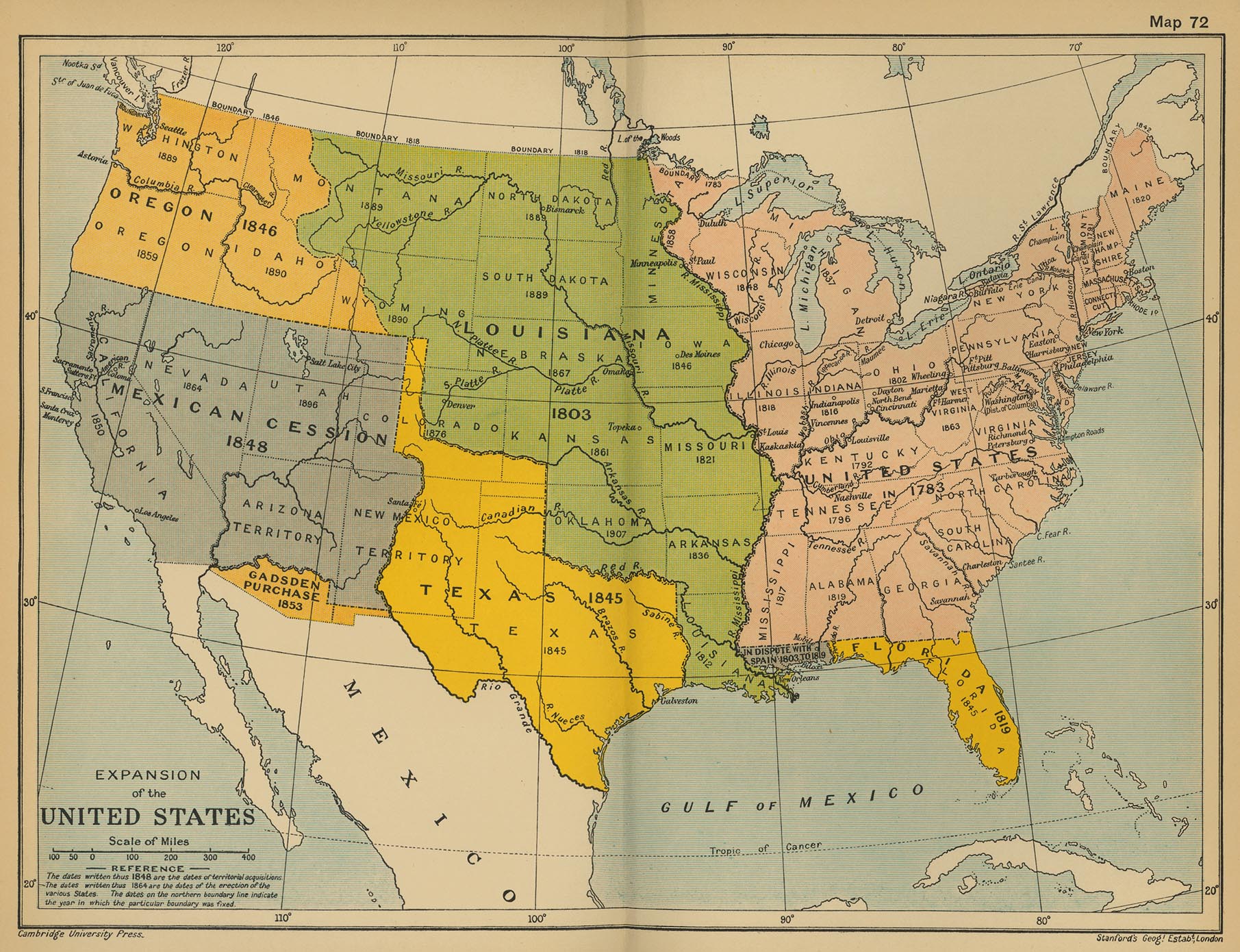Based in Research
Zoom In’s instructional design is deeply rooted in current research about historical thinking, teaching with primary source documents, supporting students’ development of argumentation and critical reading and writing skills, and teachers’ professional learning.
-
The lesson structure and reading supports in Zoom In build on the research by Sam Wineburg and the Stanford History Education Group (as well as others, such as Peter Seixas and S. G. Grant) on how students learn to read like historians
-
Zoom In’s writing supports draw on insights from Gerald Graff and Cathy Birkenstein’s They Say, I Say: Moves that Matter for Academic Writing, an influential text that demonstrates the power of using templates to provide novice writers access to complex academic discourse
-
Zoom In’s implementation model builds on Lauren Resnik’s accountable talk paradigm, which emphasizes the classroom as a system; Resnik argues that teachers are most likely to make and sustain changes in their teaching when they’re having a direct and ongoing impact on their students’ performance as well
-
Zoom In’s emphasis on supporting teacher growth draws on work by Chauncey Monte-Sano, Susan De La Paz, and others on effective professional development for history teachers seeking to support student writing, as well as the work of Elizabeth Davis on educative curriculum
Zoom In has been tested in classrooms
At every phase of development, teachers and students have used Zoom In and let us know what works, what doesn’t, and what they need in order to be successful. The Zoom In team has worked closely with both expert and novice teachers in schools across the country, observing teachers with their students and discussing Zoom In with them in detail. Our goal has been to create a digital tool that is easy to use, that works reliably under a wide range of circumstances, and that makes it possible for teachers and students to do the kinds of reading, writing, and thinking that they’ve never done before.
Our national field study: Results coming soon!
During the 2014–2015 school year, EDC has field-tested Zoom In with 32 teachers who work with diverse populations in five states across the country. We’re looking closely at both the nature of teachers’ implementation of Zoom In and the impact it has on their practice and their students’ writing. The final report of our field test, available in August 2015, will describe observed shifts in teachers’ instructional practices and the quality of the writing that students produce as they work through Zoom In lessons with their teachers.
